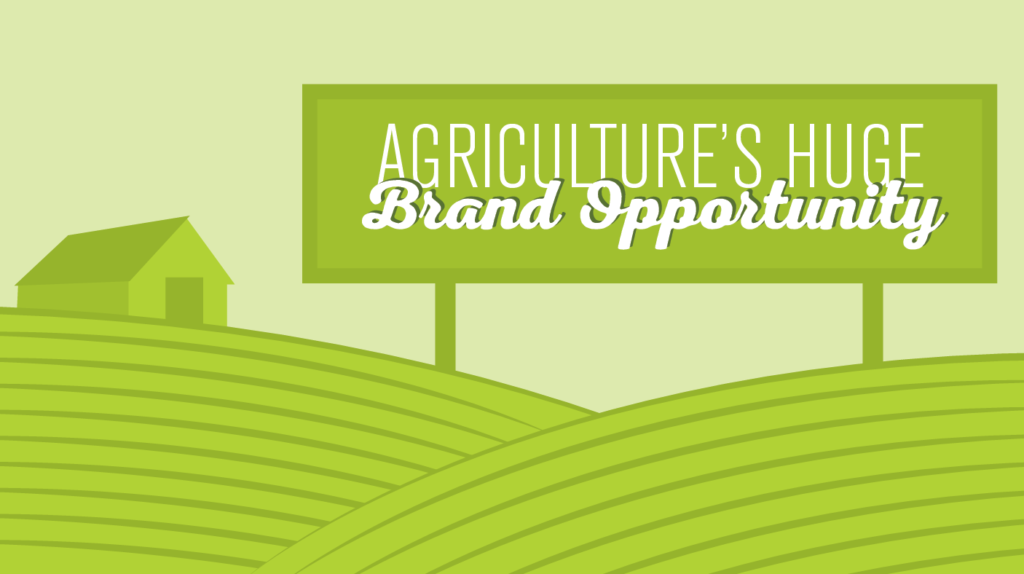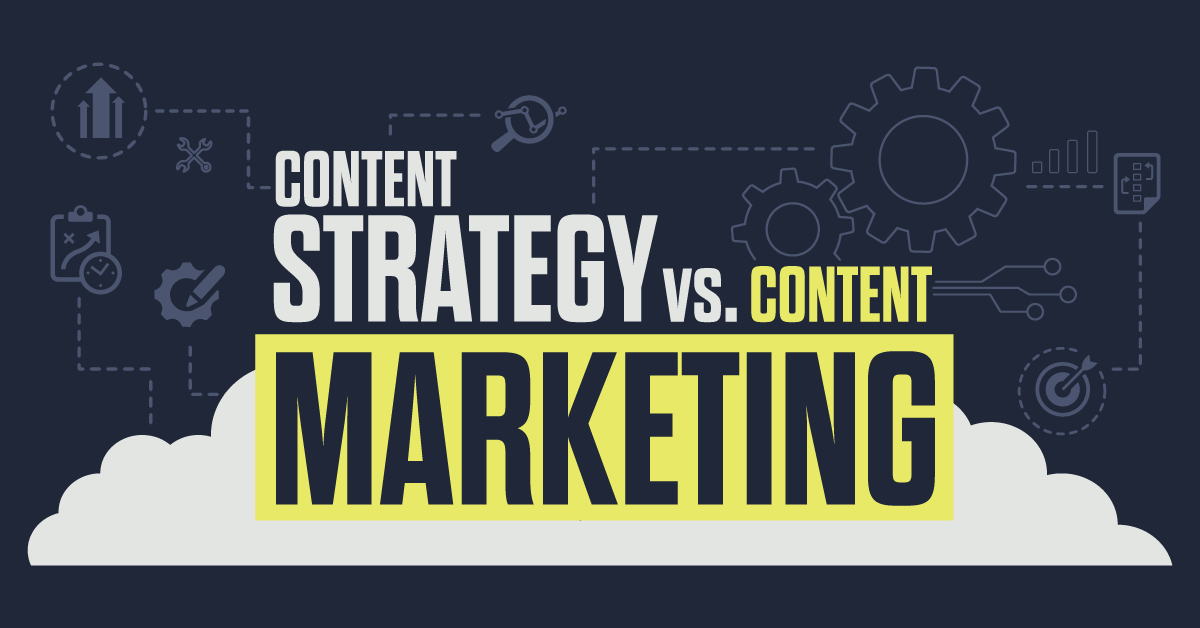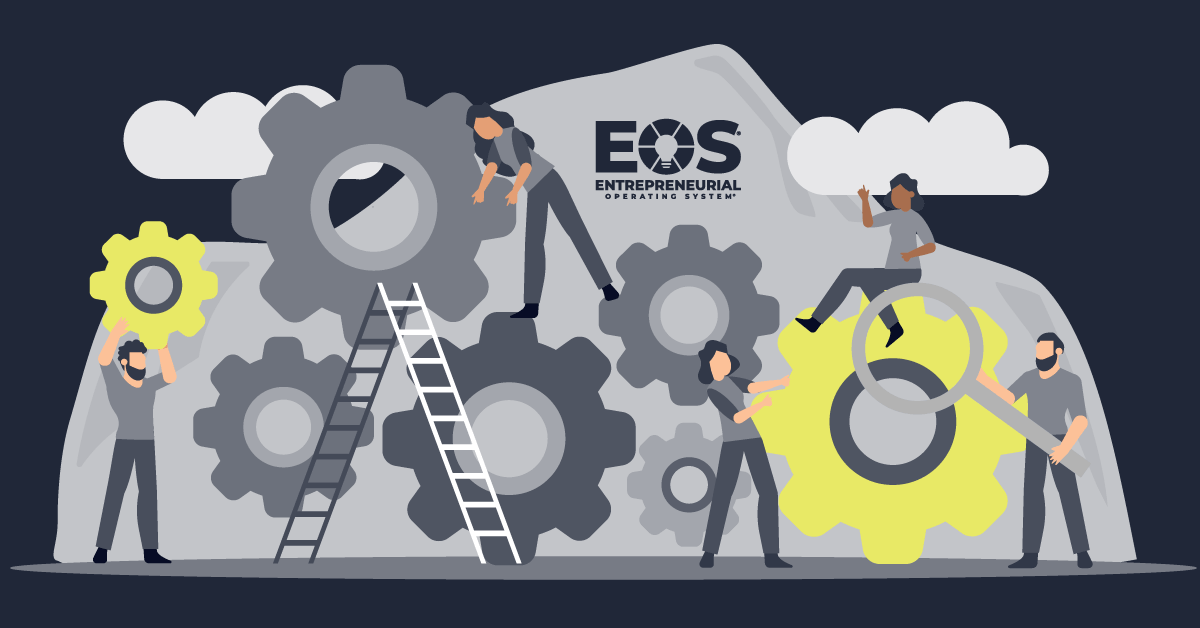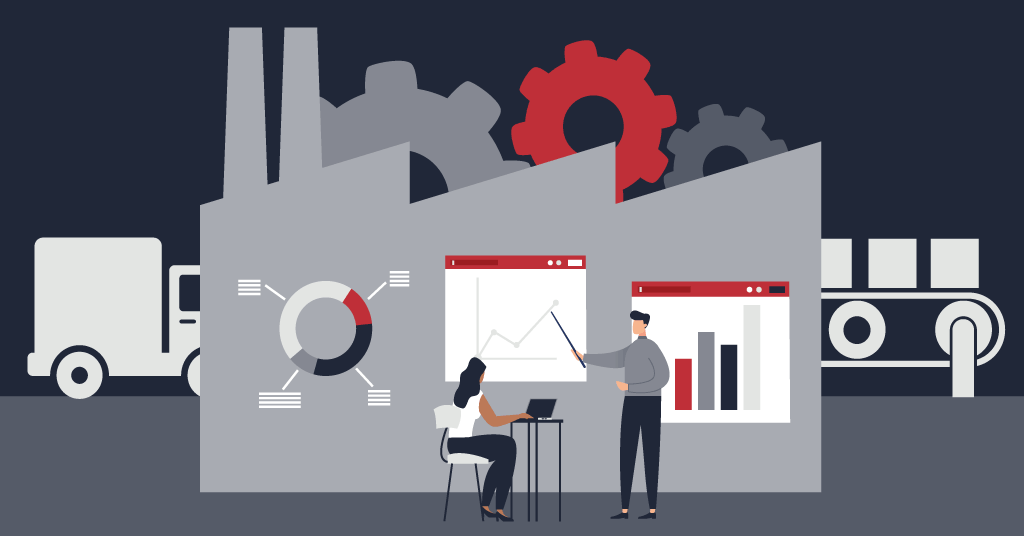To say the agriculture industry has taken a lot of flack lately would be an understatement. Many of the recent jabs at the industry seem to be related to the process farmers use to grow their crops and raise their livestock. For example, some restaurant chains and food companies, in an effort to differentiate themselves, have taken to publicly showboating their decisions to only use suppliers (ultimately, farmers) who follow guidelines set out to make their products “healthier” or more “natural”. See examples here, here and here.
That might mean eliminating the use of gmo crops, crop chemicals and fertilizers or animal vaccines and nutritional supplements. From the farmer’s perspective, this is potentially damaging to their ability to maximize production … and ultimately impacts their bottom line.
In some cases where restaurants like Chick-Fil-A and McDonald’s have been working behind the scenes in cooperation with poultry producers and suppliers for some time, the move is just an evolution in the food industry driven by consumer preference. However, in some cases, like in the recent example of Subway’s push for antibiotic free meat, it puts the ag industry on the defensive and leaves farmers in the unenviable position of choosing between losing a market for their products or potentially losing their herd to a disease.
It’s a tough position for the entire industry. But it’s also a big opportunity. Let me explain.
Historically, farm products have been considered commodities. Essentially, that means that there is no difference between one hog or another. One field of corn or another. One herd of beef cattle or another. If you’re a farmer, you likely get the same price per pound or per bushel for your work as your neighbor, and you have very little control over the price you receive because the price is based on the commodity market.
What these end users, the restaurants and food companies, are doing is potentially a huge opportunity for agriculture. They’re saying that they no longer want commodity products. They want something different. From a marketing perspective, that’s an opportunity!
Look at it this way. Proctor and Gamble spends millions of dollars trying to create a differentiation between its toothpaste brand and its competitors’. Walk into any grocery store and there’s more than one brand of flour. More than one brand of sugar. More than one brand of frozen peas. Even bottled water companies spend millions of dollars trying to differentiate themselves in the minds of consumers. AND THEY’RE SELLING WATER!
Why are they all doing this? Because differentiation creates value.
Now, in the case of toothpaste, flour, sugar, frozen peas and bottled water, there’s not a huge public outcry demanding differentiation. But in agriculture, that’s not the case. End users and consumers seem to want differentiation. They’re demanding it. And that means there’s potentially a cult-like consumer base that will likely be extremely brand loyal to those that can provide the products the way they want them.
In many industries, companies would kill to have seemingly passionate customers demanding this kind of differentiation. It means they wouldn’t have to build the differentiation (brand) themselves with packaging, advertising, distribution, etc. And, they wouldn’t need to research customer preferences or identify potential niche markets. They already exist.
It won’t be easy for the ag industry to adapt. It’s a different way of thinking about a problem that isn’t going away. But if the ag industry can adjust, it offers an enormous opportunity for all kinds of organizations – including those that don’t yet exist – to create more value in the industry. In the end, isn’t that what brand marketers do every day?
LF Newsletter Alert
Want Lessing-Flynn to rock the socks off your inbox with insights and more?




